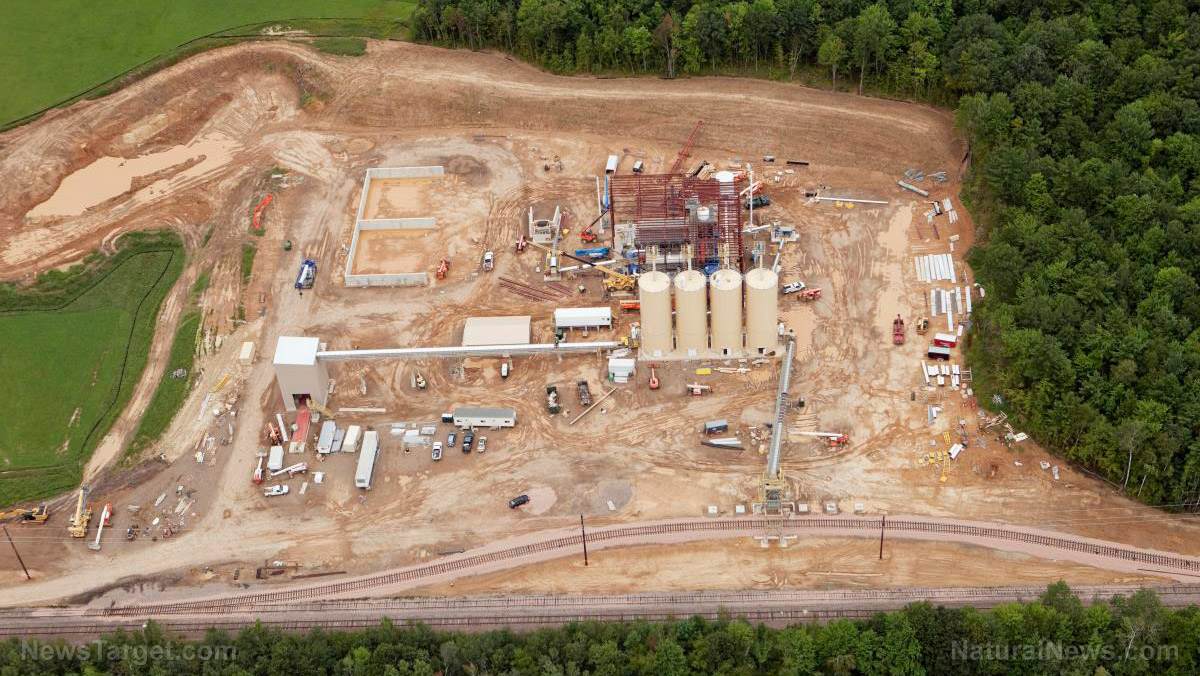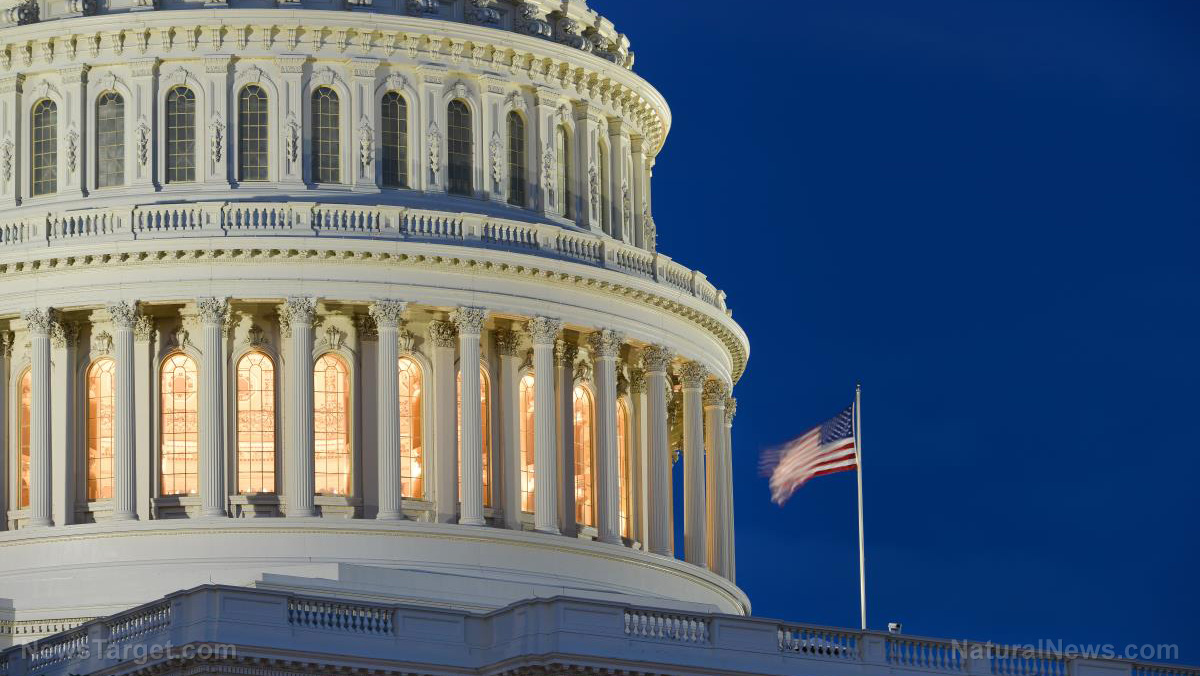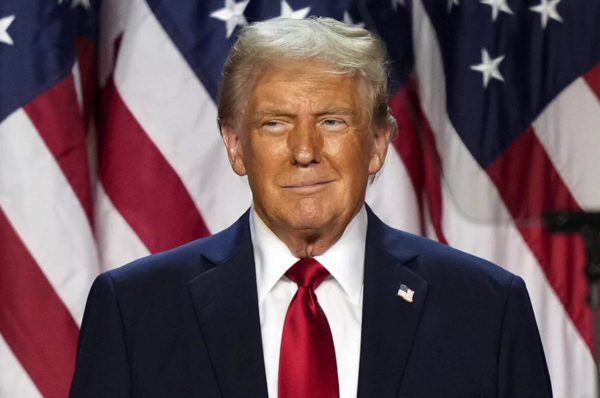 Parler
Parler Gab
Gab
- China’s dominance in rare earths and U.S. reliance on petrochemical feedstock exports highlight energy-security risks.
- Pentagon funds startups like Novotorque to develop rare-earth-free tech, but challenges remain.
- Australia and U.S. aim to build alternative supply chains, but China retains refining dominance.
- Persistent environmental and geopolitical risks loom over critical mineral production.
- Trade disputes escalate as tariffs cripple ethane/propane flows, threatening auto and tech sectors.
The petrochemical trade war escalates
The U.S. sent over 565,000 barrels of petrochemical feedstocks daily to China in 2024, valued at $4.7 billion — far exceeding the 170 million in rare earths purchased from Beijing. But President Trump’s April tariffs triggered a retaliatory 125% import duty on U.S. propane, crippling industrial plants like Hengli Petrochemical. The U.S. compounded the blow by banning ethane exports to China in late June, claiming militarization risks. China’s propane dehydrogenation (PDH) plants, reliant on cheap U.S. supplies, now face a colossal crisis. “Margins are weak, and with no affordable alternative suppliers, many PDH operators are shutting down temporarily,” said a source at the Lianyungang plant in eastern China. Middle Eastern exporters, already locked into contracts with India and Japan, could exploit the vacuum to raise prices — a blow to factories producing everything from car seat actuators to polymer composites.A decade of quiet Chinese expansion
For decades, China straddled the rare earth supply chain without tripping red lines. By the 1980s, its dominance drove U.S. and European competitors to abandon costly, environmentally sensitive refining processes. Beijing’s edge now lies not just in mining but in vertical integration — 90% of global refining and magnet production occurs within its borders. “China doesn’t just sell raw materials. They control the factories, patents and expertise,” says Patrik Andersson of the Swedish Institute of International Affairs. The 2010 rare earth embargo on Japan — a geopolitical referendum that followed a territorial clash — shocked the world but went largely unanswered. Today, China’s export controls target dysprosium, terbium and samarium, rare earths vital for missiles and advanced electric vehicles. “The licensing system is a sieve on intent,” says John Seaman of the French Institute of International Relations, noting Beijing can map end users to block rivals under national security pretexts.The Pentagon’s startup solution: Rust over rare earths
The Department of Defense is betting on innovation to curb the U.S.’s vulnerability. Through Defense Innovation Unit grants, companies like Novotorque are pioneering motors using ferrite oxide (common “rust”) to replace neodymium magnets. “Standard electric motors lose 30% efficiency without rare earths, but our designs surmount that,” said Novotorque CEO Mike Powers. The firm’s prototypes boast higher efficiency at lower costs than Chinese alternatives, catching the attention of aerospace and auto sectors. Yet hurdles endure: Scaling production requires policy incentives, and ferrite-dependent designs may lag in heat resistance for missiles. Major tech firms like Toshiba are also pivoting to U.S. and Australian project mines — though geopolitical trust remains thin. “Processing facilities take years to build, and China’s engineers are still the best,” admitted an Intel supply chain executive.Old threats, new partners: Australia’s critical minerals gambit
With China restricting rare earth exports, Australia has positioned itself as a counter-balance. The Labor government committed $270 million to a new processing hub at WA’s Eneabba project, aiming to supply heavy rare earths like dysprosium, while Lynas Corp begins competing in Malaysian-linked refining. “We’re targeting China’s blind spots but can’t shortcut decades of industrial dominance,” says Prof. John Mavrogenes of ANU, noting Australia lacks experienced metallurgists to mimic China’s vertically integrated model. Diplomatic rivalries complicate progress: Australian projects still face Beijing’s permit hurdles for mineral transits, and Pentagon strategists warn against overconfidence. “True independence requires control of magnets — and we’re still years away from that,” says U.S. National Economic Council Director Kevin Hassett.The price of parity in a petrochemical-rare earth wargame
The stakes are profound. A U.S.-China separation in trade could cost billions but offers the only path to supply chain resilience. If Novotorque and Australian miners scale solutions, industries may rebound — but if not, China’s dual role as both supplier and antagonist will cement its clout. As trade talks crumble, the lesson is clear: freedom from China’s resource dominance demands more than tariffs — it requires rebuilding entire industries from rust to refineries. Sources for this article include: ZeroHedge.com NBCnews.com TheGuardian.comSenate bill targets Al Capone-era taxes on firearms as 2nd Amendment battle intensifies
By Willow Tohi // Share
Consumer confidence rebounds sharply in June as inflation fears ease, UMich survey shows
By Laura Harris // Share
Renewable energy’s hidden cost: High-tech mining wreaks environmental havoc
By Willow Tohi // Share
Trump refuses to sign G7 statement on Israel-Iran conflict
By Laura Harris // Share
Essential survival skills you can trade when SHTF
By Evangelyn Rodriguez // Share
Governments continue to obscure COVID-19 vaccine data amid rising concerns over excess deaths
By patricklewis // Share
Tech giant Microsoft backs EXTINCTION with its support of carbon capture programs
By ramontomeydw // Share
Germany to resume arms exports to Israel despite repeated ceasefire violations
By isabelle // Share










